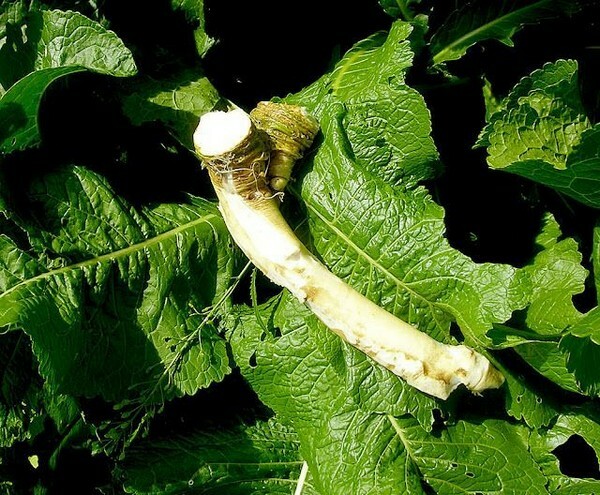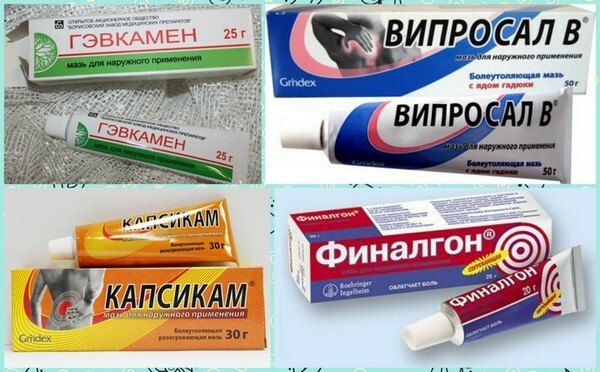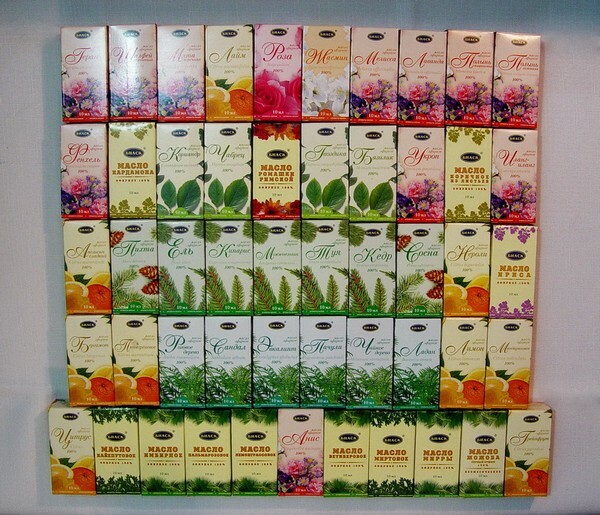- Use of the plant
- Use in orthopedics
- Contraindications and precautions
- Folk recipes
Despite the fact that traditional medicine has moved far ahead, many people prefer to turn to non-traditional methods of treatment. What can I say, if the pharmaceutical companies began to produce more drugs on the basis of plant extracts. And in combination with traditional methods of treatment, traditional medicine is capable of much. We offer you to get acquainted with how horseradish leaves with joint illness help to get rid of pain and inflammation.
In this article we suggest you familiarize yourself with the properties of horseradish and folk recipes based on this plant. We remind you that self-treatment is dangerous and before using non-traditional measures, you should consult a doctor. Remember the contraindications, which we also mention in the article.
Use of the plant
For those who do not know about the use of horseradish, the plant becomes an annoying weed. Indeed, its roots are growing so actively that it is very difficult to clean the site. But people who make a blockage and are worried about their health, see only benefit in the plant. It has a rich composition: vitamins, essential oils, mustard oil, potassium, magnesium, phosphorus. And this is not all the list of active substances in the leaves.

. For the treatment of joints, you can use leaves and roots. The latter is convenient to use in winter, but they should be prepared in the beginning of autumn.
Horseradish is used in many fields of medicine, thanks to its rich composition.
- Antimicrobial property helps with inflammatory processes of the oral cavity.
- Rich vitamin composition improves the condition with scurvy.
- Essential oils increase the appetite and secretion of the gastric mucosa, which is useful for hypoacid gastritis( with a decreased secretory activity).
- Lysozyme - antimicrobial substance - accelerates the purification of purulent wounds.
- Anti-inflammatory effect is useful in inflammatory diseases of muscles, nerves, ligaments, joints.
- Has a stimulating effect on the digestive tract in diseases of the liver, gallbladder and pancreas.
- Antiseptic and anti-inflammatory effect of infusions and decoctions of horseradish helps cope with infections of the urinary system.
Recommendation: In late August - early September, prepare a horse-radish for the winter. To do this, clean the leaves and dry them finely. Store in a dark place in a glass jar under a tightly closed lid. All colds and infections will pass you by this miraculous remedy.
Application in orthopedics
Treatment of joints with horseradish is carried out due to the anti-inflammatory and anti-edematous properties of the leaves. The irritating effect of the plant well relieves pain, acting as a medicinal ointment based on menthol. Any pathology of articulations, whether acute inflammation( arthritis) or degenerative-dystrophic disease( arthrosis) is accompanied by pain syndrome and soft tissue edema.
Pain and swelling, as well as redness and impaired function, are components of the inflammatory process. Therefore, horseradish recipes can be used with such complaints:
- Pain in the joint at rest;
- Painful movements in the joint;
- Swelling and swelling;
- Function violation: restriction of flexion or extension of the limb;
- Redness and increased local skin temperature over the joint.
In addition to arthrosis and arthritis, horseradish leaf recipes can alleviate the condition of patients with bruising joints, dislocations and sprains. Used in folk medicine, not only external means, but also recipes for oral administration( for example, tinctures).
Recommendation: Horseradish will not replace pharmaceutical products. The best effect can be achieved with their combination. For example, use an ointment with diclofenac in the morning, and folk recipes for the night.
Before using horseradish remedies, carefully review the list of contraindications.Contraindications and precautions
Chronic skin diseases, even in a state of remission, can be an obstacle to the use of horseradish against joint pain. For example, if there are plaque on duty on the knees, do not use lotions or other external means of horseradish. Active components have different effects on the body, and in a number of patients can exacerbate the process.
Important: Use of external products is contraindicated if there are wounds and eruptions at the site of the intended use of a compress or other horseradish prescription.
When using the medications internally, make sure that you do not have some diseases of the internal organs.
- Because of its choleretic activity horseradish is strictly forbidden to take with cholelithiasis. Given the high prevalence of pathology, before actively treated with folk remedies should be screened.
- Contraindicated recipes for increased secretion of the stomach, especially against the background of peptic ulcer and gastritis - the aggravation of the process in violation of this rule is inevitable.
- Stimulating effect of horseradish can significantly worsen the condition of patients with acute pancreatitis. In case of a chronic process, even with prolonged remission, do not use a remedy without consulting a treating doctor.
Folk recipes
How to treat joints with horseradish leaves? There are many recipes for topical application. You can prepare tinctures, decoctions, rubbers, baths, slurry for compresses. For best effect, it is recommended to combine various forms of medicines.
Remedies for external use
A simple recipe with anti-inflammatory action is a compress on the horseradish joint: cut horseradish leaves and pour boiling water. Allow the water to drain, but the leaves should remain hot. The resulting mass is laid on gauze, folded in several layers, wrap and attach to the inflamed joint. When the horseradish leaves cool, they can be replaced with a new, hot remedy. Keep the compress for about an hour. It can be done at bedtime and left for the morning, but only after you are convinced of the lack of reaction to horseradish.
Horseradish can be combined with other anti-inflammatory and anesthetizing plants when preparing compresses.
- Chop the horseradish leaves and mix in equal proportion with the grated apple. Use the resulting gruel as a compress.
- Shredded horseradish leaves mixed with grated radish in the amount of 1: 1.Add a little mustard to the mixture and use for compresses on a painful area. Instead of radish, you can use another irritant - radish. Or if there are none, and the pain in the joint does not allow you to fall asleep, you can add only the mustard from the horseradish leaves. However, do not leave this compress overnight and every 15 minutes follow the reaction of the skin.
The easiest way is to use a heated horseradish sheet for pain in the joint. To do this, take a clean sheet and dip it into boiling water for a few minutes to soften it. Wrap in cotton cloth and attach to the focus of inflammation. When the compress is cool, you can repeat the procedure.
Recommendation: Means that contain a lot of horse-radish must be applied to the joint through gauze or cotton cloth, so as not to cause irritation on the skin.

An alcoholic compress with horseradish has a good analgesic effect due to the irritating effect of alcohol. For its preparation, take finely chopped horseradish leaves and put it in a liter jar. Mix alcohol and water in an amount of 1 part alcohol to 10 parts water. The resulting liquid pour into the can almost to the brim, close the lid and put it in the refrigerator. Insist the remedy for 2 weeks and after use as a compress under the gauze.
Note that tincture of horseradish for joints can give a burn, so for the first time, keep it for no more than 5 minutes, then check the location of the application. Due to the fact that the remedy improves blood circulation in the affected area there will be reddening of the skin, the area above the joint will become hot, the compress itself can cause some burning. However, if the procedure brings discomfort and severe pain - do not use it. Find other recipes of traditional medicine, where softer plants are used.
Herbal bath
Some articular pathologies are accompanied by a common joint pain, when it is simply impossible to make a compress because of the number of inflamed joints. Herbal bath comes to the rescue.
Ten clean sheets of horseradish( fresh or dried) pour five liters of boiling water and insist for a day. The resulting infusion is used to make a bath. Stay in this bath for the first time for about 7-10 minutes, maybe less. Listen carefully to your feelings, because the remedy can lead to an increase in pressure.

It is recommended to take a bath with horseradish once in 4-7 days. With each subsequent procedure, the residence time can be increased. The maximum allowed time for taking a herbal bath is 20-25 minutes.
In such a bath you can add chamomile, flax seeds, mint and many other plants as needed. However, do not use more than 3 components when preparing a bath, otherwise you increase the risk of developing an allergic reaction.
Important: When bathing, do not immerse your breasts in water. It is also strictly forbidden to use a bath with leaves or horseradish roots for heart disease, especially increased blood pressure.
Treatment of joints with horseradish leaves is an old, proven method. Of course, it is only symptomatic, that is, it helps to remove unpleasant manifestations of the disease, but does not treat it. Remember that joint pain is not normal at any age and often it is treatable. Therefore, before turning to folk methods, consult a doctor.
